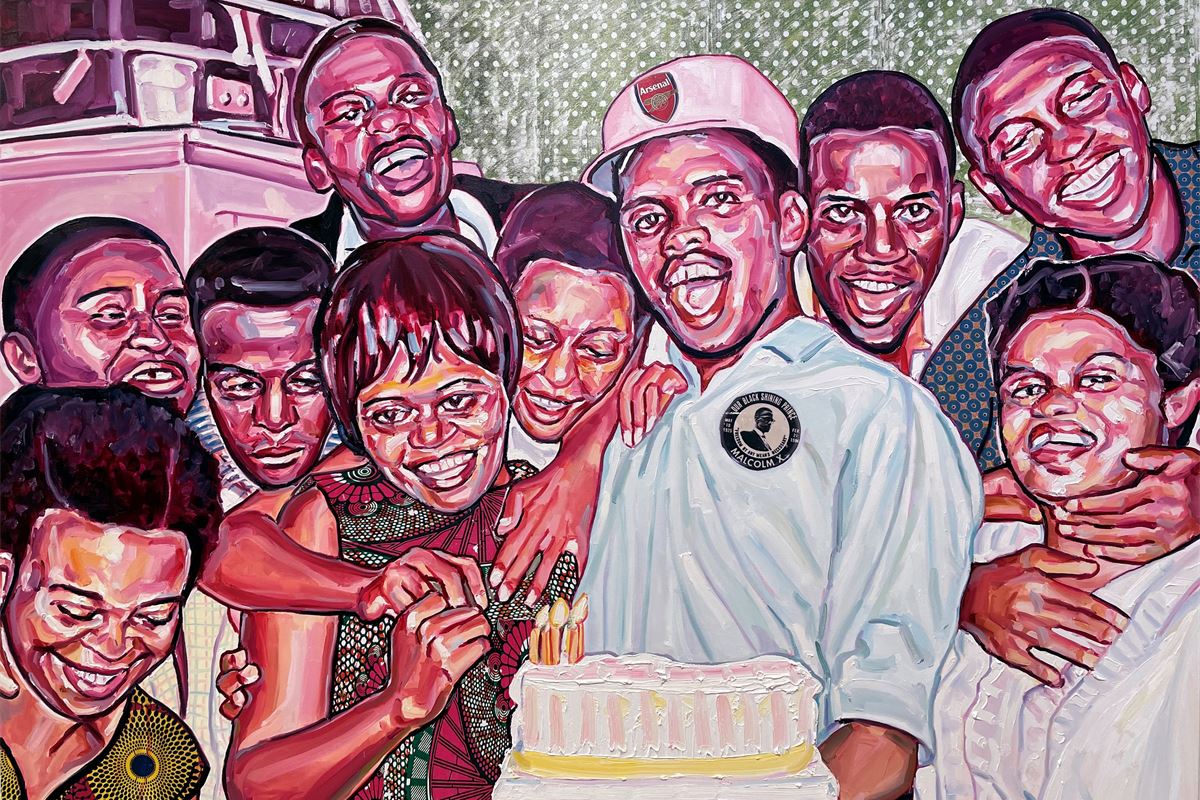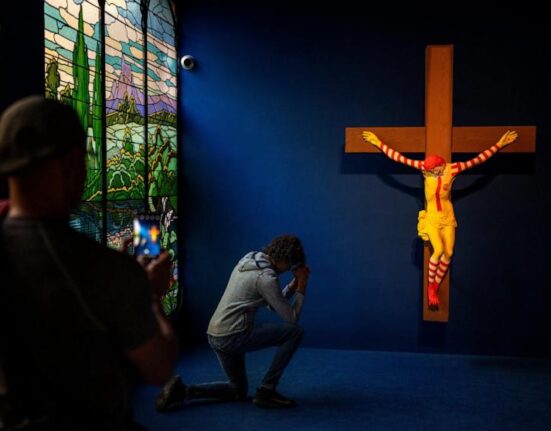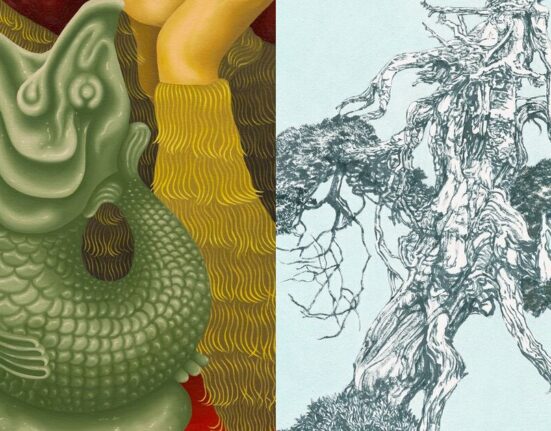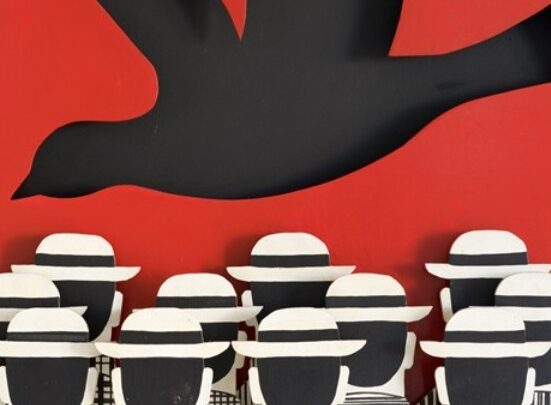It’s not just art that has the potential to be political – decisions around what to hang on the walls of museums and galleries prove similarly fertile ground for discussion and debate. For proof, look no further than this year’s European exhibition calendar: Bergen’s Kode Museum has opted to put Indigenous art centre stage; Kunstmuseum Basel highlights 100 years of Black figuration, and Paris’ Centre Pompidou gives a female pioneer of digital art some much-due attention.
Caspar David Friedrich at Kunsthalle Hamburg and Alte Nationalgalerie, Berlin

Germany this year celebrates the 250th anniversary of one of the German Romantic movement’s most prominent painters: Caspar David Friedrich, the creator of Wanderer above the Sea of Fog, a painting considered one of the most significant works of the Romantic era and a cultural icon. Friedrich’s hometown, Greifswald, is organising a programme of events throughout 2024, and his vast oeuvre will be on display at shows across Germany. The Alte Nationalgalerie in Berlin, which houses one of the world’s largest collections of Friedrich’s paintings, is hosting its first comprehensive exhibition dedicated to the artist, titled Infinite Landscapes, while Hamburg’s Kunsthalle combines a thematic retrospective with works by contemporary artists. Art for a New Age reveals how topical Friedrich’s landscapes remain: at the time of their creation, they stood for a new relationship between humans and nature. Considering today’s climate challenges, his work feels more pertinent than ever.
Alte Nationalgalerie, 19 April to 4 August; smb.museum
Hamburger Kunsthalle, until 1 April; hamburger-kunsthalle.de
Vera Molnár at Centre Pompidou, Paris
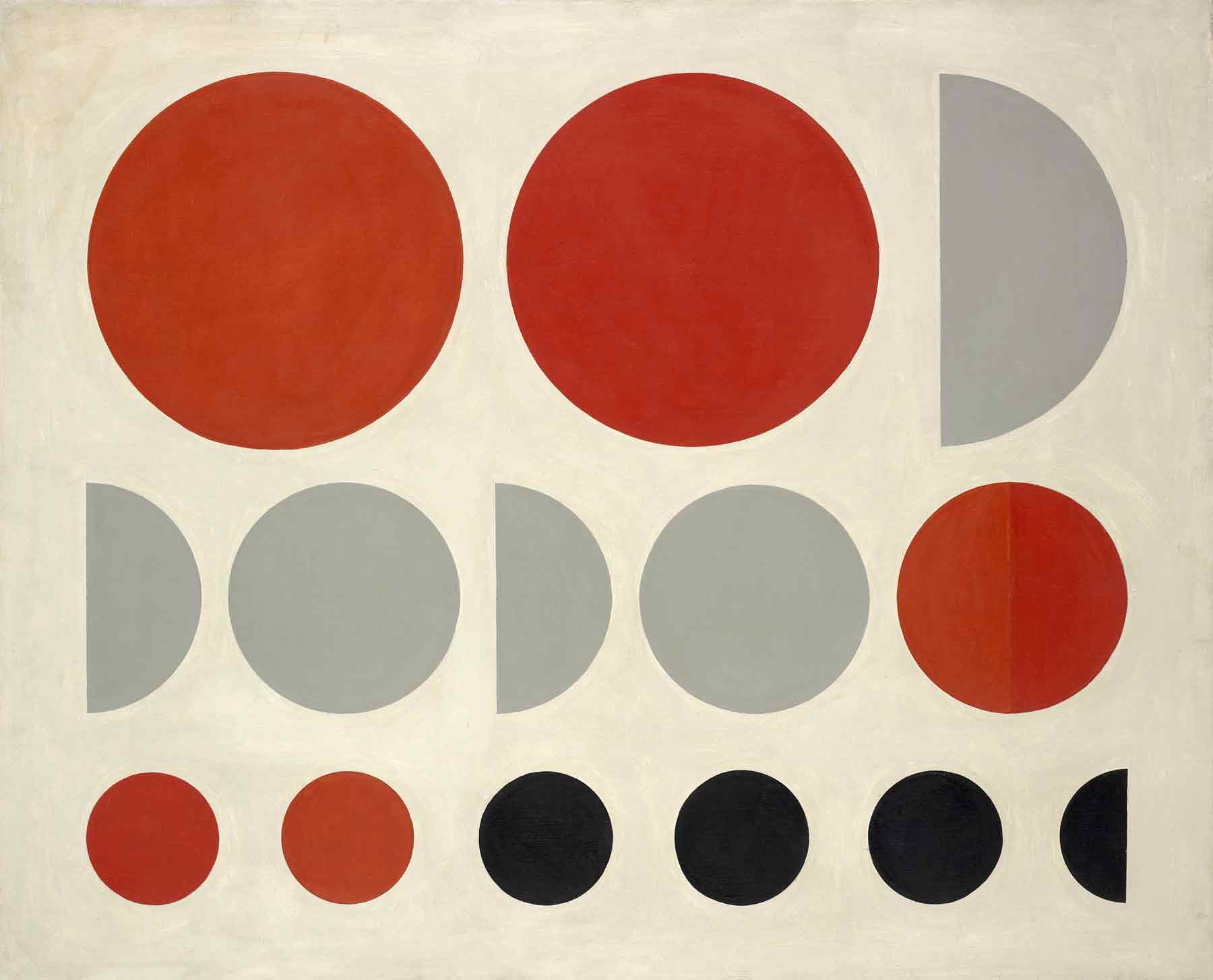
Shortly before her death in December, at the age of 99, Hungarian-born artist Vera Molnár, a pioneer in computer and generative art, experienced a rush of newly found interest in her work that was fuelled by the arrival of NFTs in the art world and the rise of algorithm-based digital art. In 2022, she participated in the Venice Biennale and produced 500 NFTs for Sotheby’s. Based in Paris since the 1940s, Molnár paved the way for digital art as we know it. By 1968, she had become one of the first artists in France to use a computer as an artistic tool by connecting it to a plotter. She created algorithmic drawings based on geometrical shapes, while experimenting with the relationship between order and chaos and creativity and maths. This comprehensive solo show, Speak to the Eye at the Centre Pompidou, looks back on her groundbreaking career.
28 February to 26 August; centrepompidou.fr
Roy Liechtenstein at Albertina, Vienna
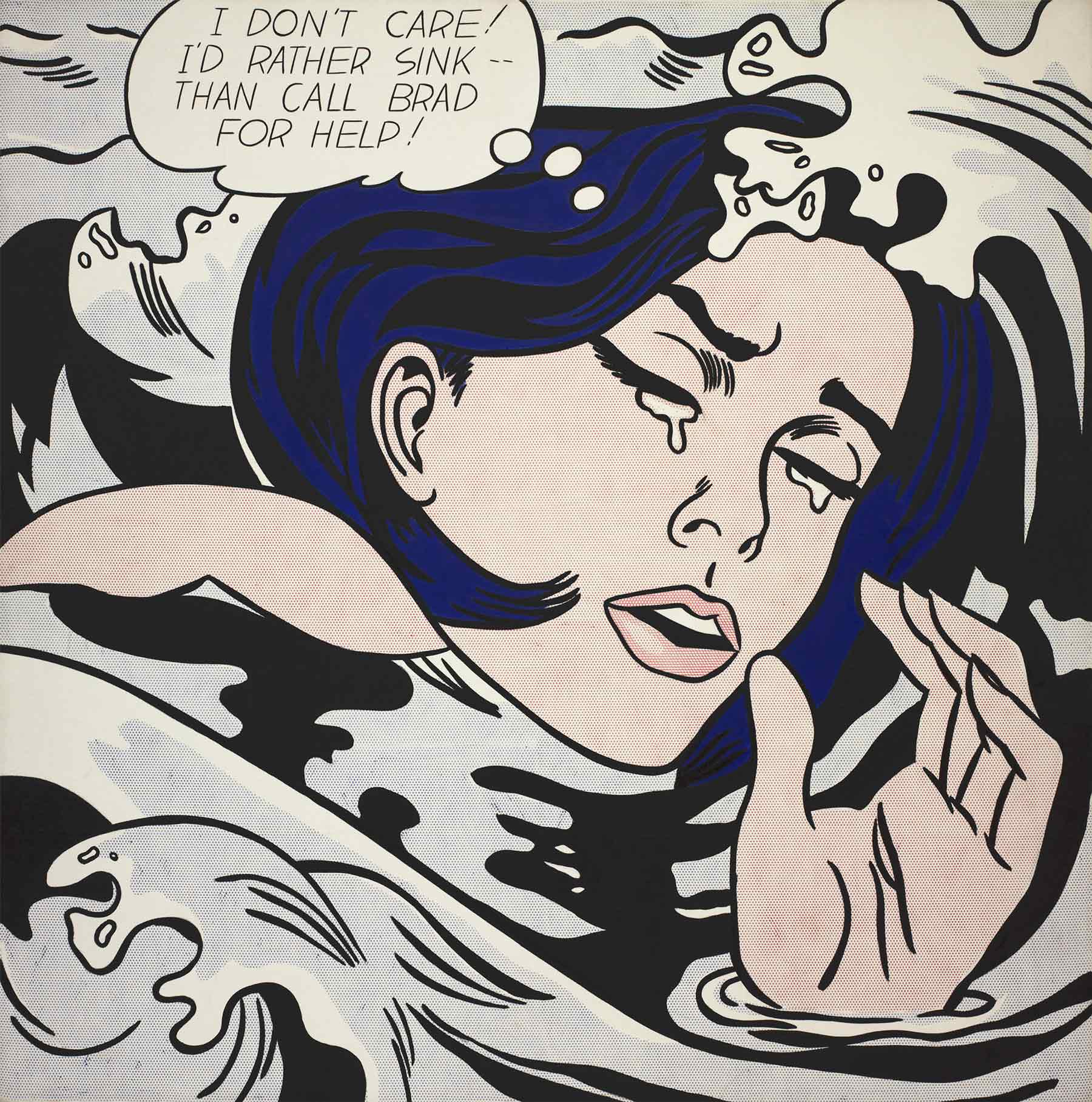
There’s another big anniversary this year: Vienna’s Albertina Museum celebrates what would have been Pop Art superstar Roy Liechtenstein’s 100th birthday with a comprehensive retrospective. One of the founding figures of the influential movement, alongside Andy Warhol, the American artist made a name for himself with his vibrant, colourful and cartoon-like aesthetic. It’s best known for imitating cheap, comic-book printing techniques and depicting war heroes, clichéd blondes and classic comic book figures. Over 90 Liechtenstein paintings, sculptures and prints will be on view at the Vienna-based museum, highlighting the artist’s distinct skill of merging high and low art.
8 March to 14 July; albertina.at
When We See Us at Kunstmuseum Basel
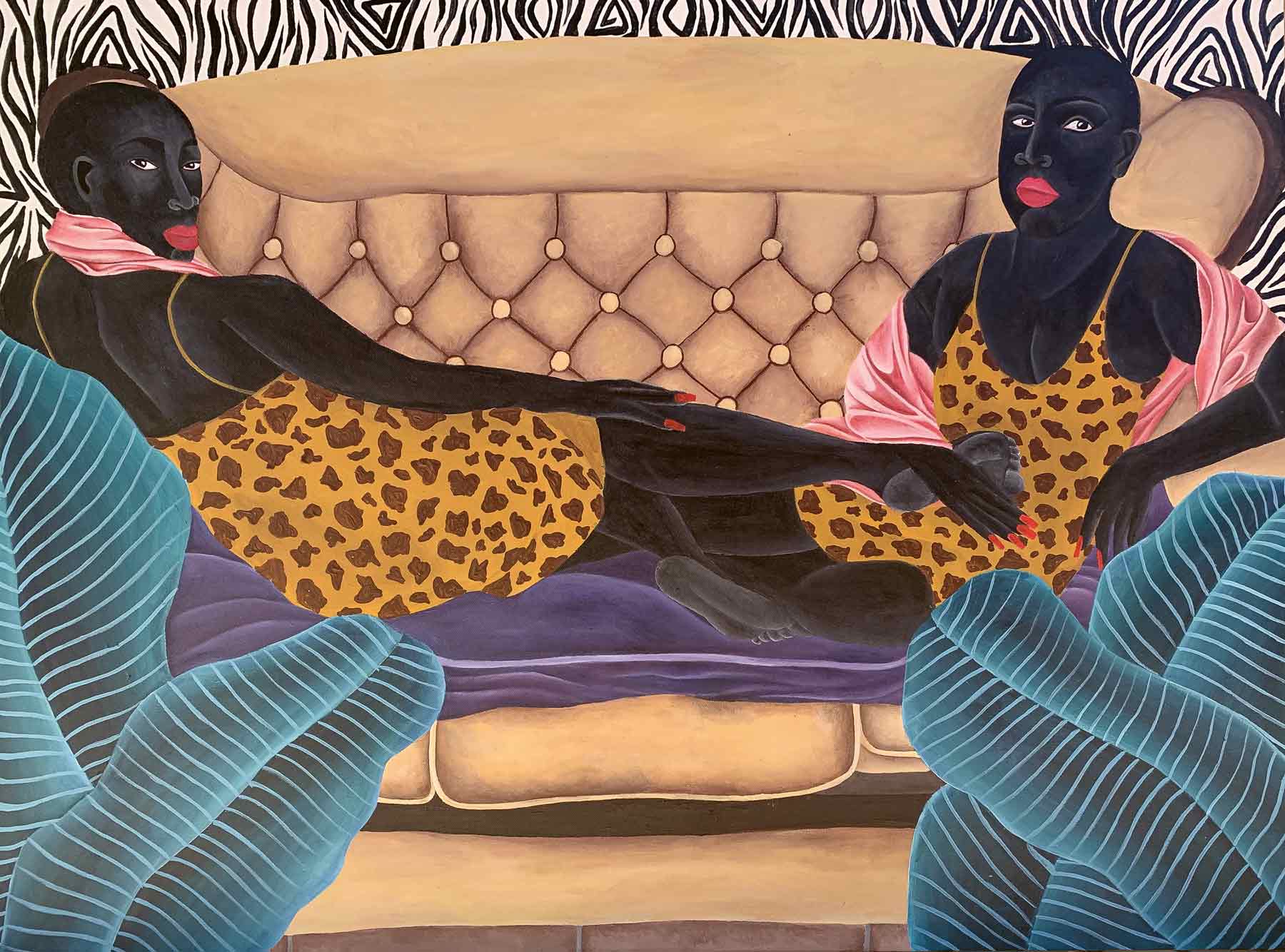
The title of the Kunstmuseum Basel’s upcoming exhibition is a reference to Ava DuVernay’s Netflix mini-series about the Central Park Five, a group of Black and Latino teenagers falsely accused of rape in 1989. By flipping the original title, When They See Us, on its head, the curators of the exhibition, Koyo Kouoh and Tandazani Dhlakama from Cape Town’s Zeitz MOCAA museum, emphasise a sense of agency, shifting the focus onto the featured artists’ own lives and experiences. Bringing together over 200 artworks by no less than 156 Black, African and diasporic artists, the show presents an extraordinary overview of Black figurative painting from the early 20th century up through the present day – touching upon historical events including the U.S. civil rights movement, African independence movements and Black Lives Matter.
25 May to 27 October; kunstmuseumbasel.ch
Indigenous Histories at Kode Art Museum, Bergen
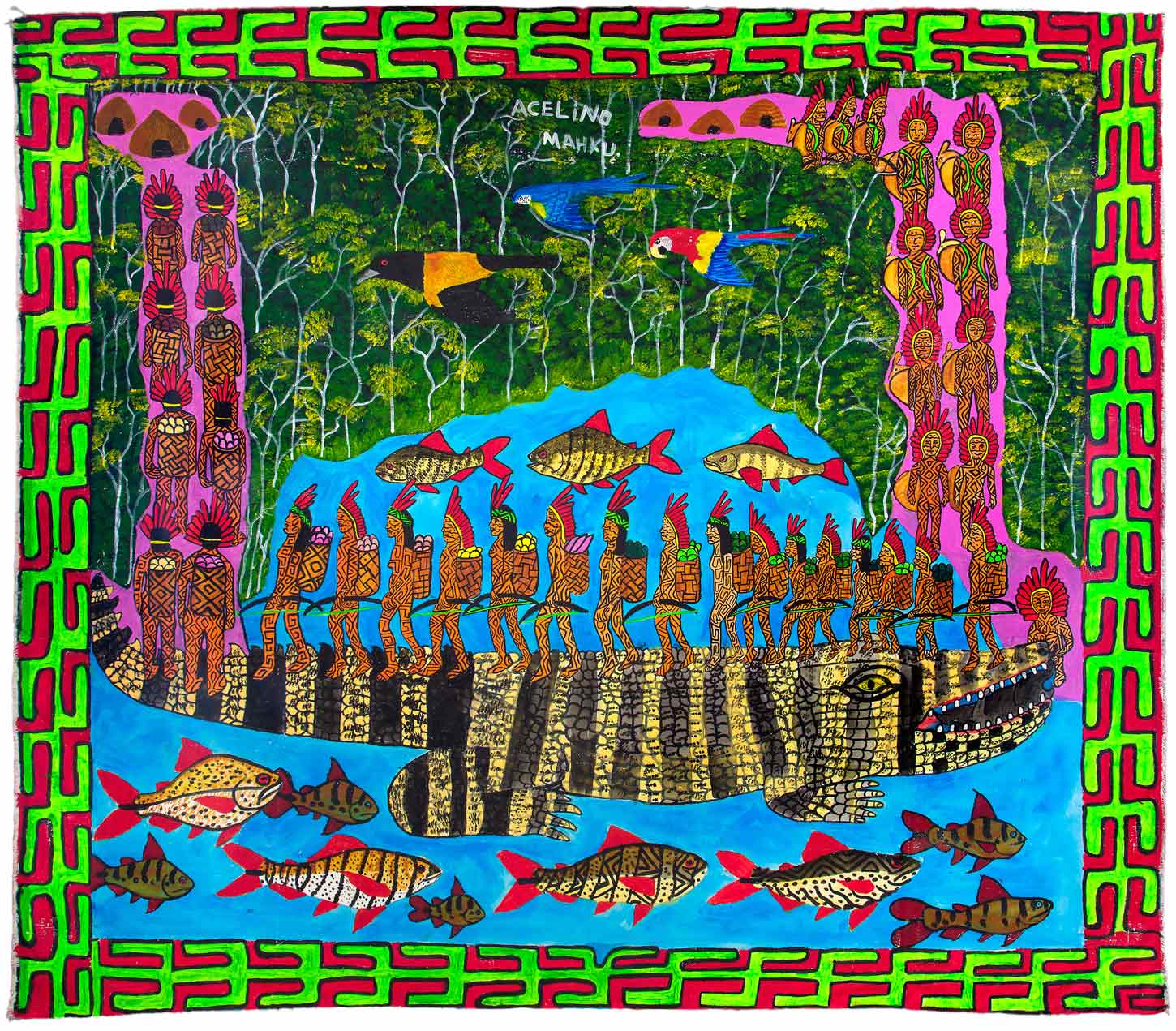
A collaboration between the Museu de Arte de São Paulo Assis Chateaubriand (MASP) and the Kode Bergen Art Museum in Norway, this fascinating exhibition has been curated by a global lineup of artists and researchers who are Indigenous or of Indigenous descent. The show does not aspire to be encyclopaedic, despite its scale – it brings together 285 works by more than 170 artists spanning from pre-colonial times to today. Instead, it resembles a mosaic, pulling together artistic and cultural fragments, along with accounts of Indigenous experiences from South America, North America, Oceania and Scandinavia in a non-hierarchical way. Works from the Sámi in northern Europe are juxtaposed with creations by the Xingu in Brazil, for instance, revealing similar concerns around colonialism and capitalism.
26 April to 25 August; kodebergen.no
Anselm Kiefer at Palazzo Strozzi, Florence
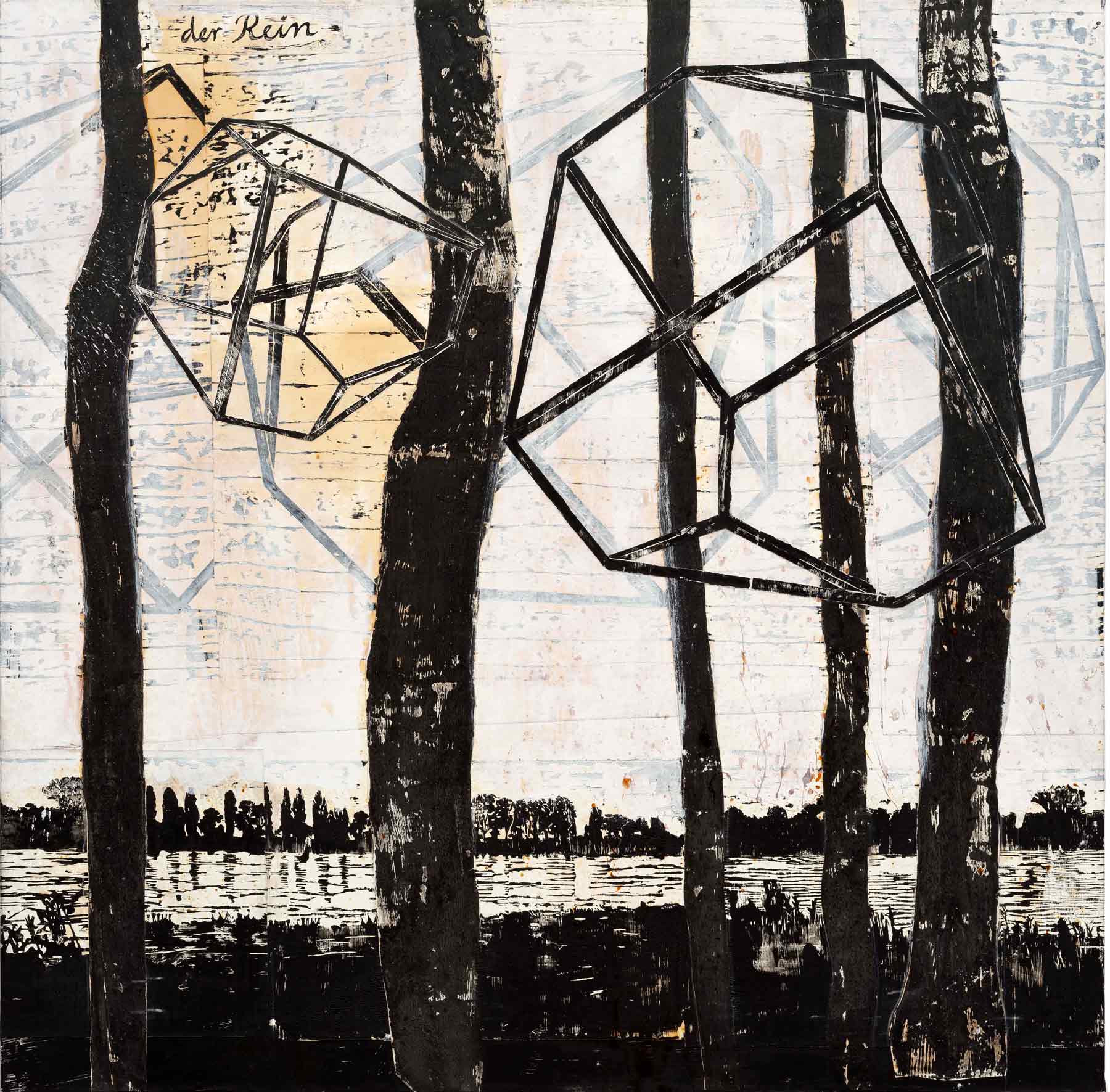
Anselm Kiefer, one of the most important artists working today, will enter into a unique dialogue with the beautiful, Renaissance-era Palazzo Strozzi in Florence later this year, showcasing both historical and new, site-specific works. Over several decades, Kiefer has accumulated a monumental body of work that references history, mythology, philosophy and literature – drawing inspiration from Ingeborg Bachmann poems, Norse mythology and more. Born at the end of the Second World War, the German artist has repeatedly interrogated the history of the Third Reich and reflected on Germany’s post-war identity. His paintings, sculptures and installations are not only rich in meaning but also in material, incorporating symbolic elements such as tree roots and burned books.
22 March to 21 July; palazzostrozzi.org
Francis Alÿs at Barbican, London
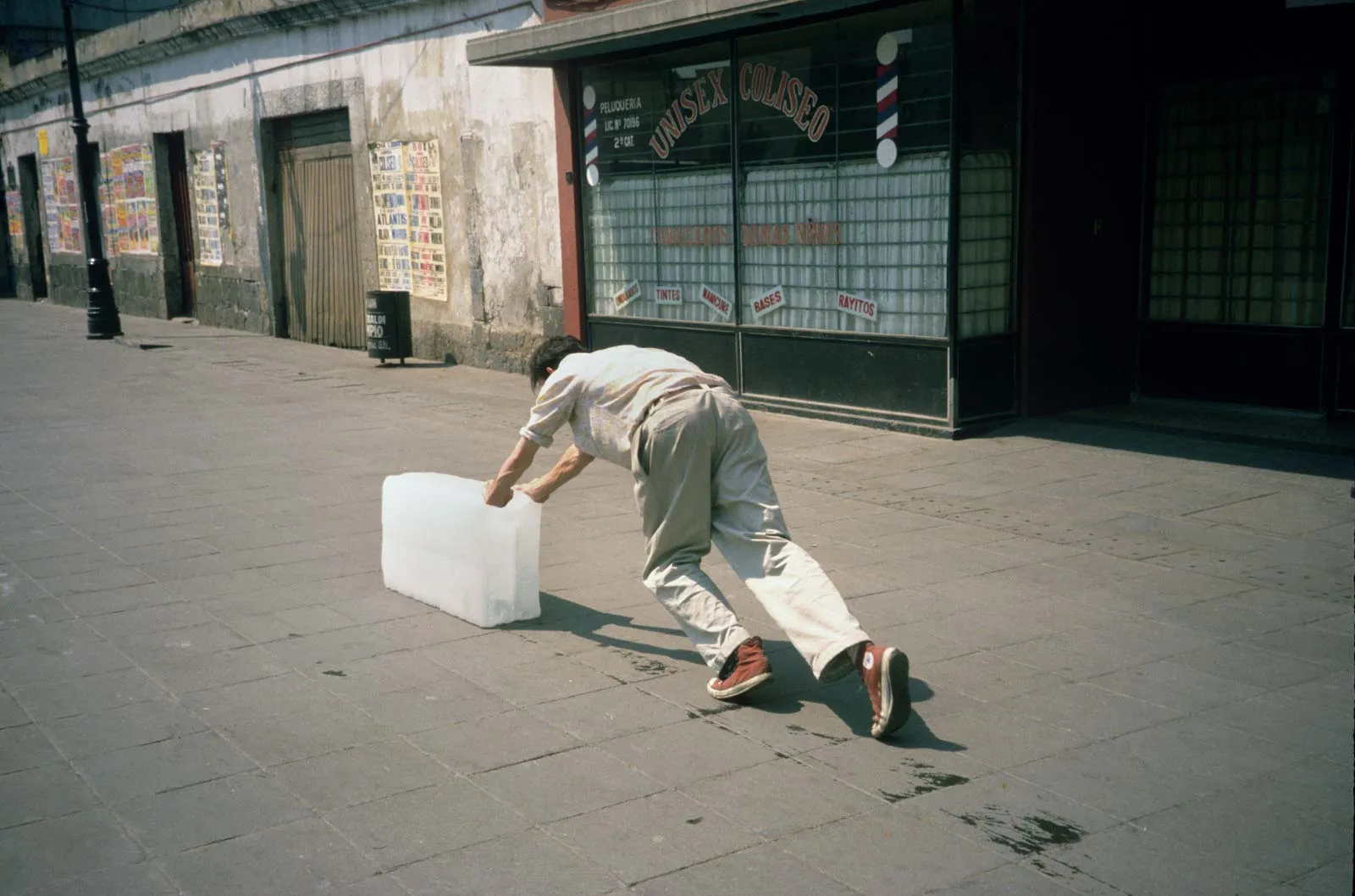
In June, Mexico-based Belgian artist Francis Alÿs gets a major retrospective at London’s Barbican, looking back on a career spanning more than three decades. Working at the intersection of art and geopolitical power dynamics, often in collaboration with local communities, a large part of his practice is performance-based. For his piece The Green Line (2004), Alÿs traced the armistice line drawn at the end of Israel’s 1948 War of Independence with a leaking can of green paint, temporarily making it visible. In 1997, he made a name for himself when he pushed a large block of melting ice through the streets of Mexico City for nine hours. The Barbican exhibition will also see the continuation of his acclaimed 1999 Children’s Games series, an ever-expanding work that documents children at play in over 15 countries, from ‘leapfrog’ in Iraq to ‘jump rope’ in Hong Kong, demonstrating the universality of play even in politically charged environments.
Runs from 27 June to 1 September; barbican.org.uk

